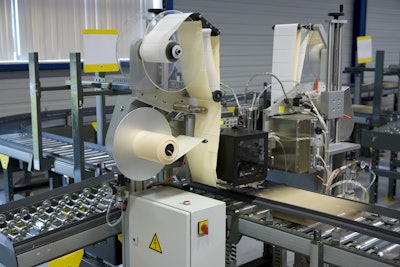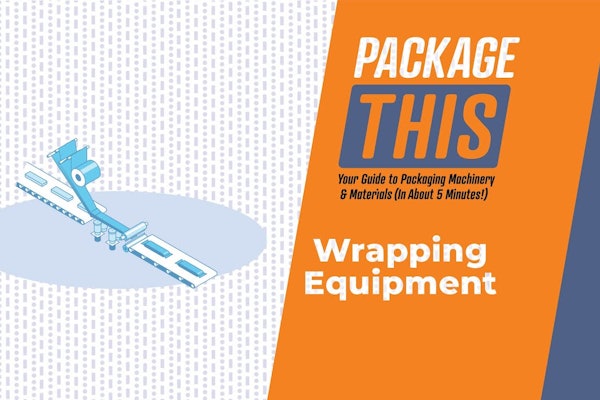
Case labeling is very different from primary labeling. At the end of the line, it’s all about readable information on the label, and how it holds up on its journey to the customer. Here are some useful tips for those in the process of purchasing case-labeling equipment:
1. Understand your application. What do you need a case labeler for? Do you need a system that will accommodate a wide range of labels, fonts, and cases? Does the case labeler offer both direct-thermal and thermal-transfer printing? What about serial labeling in continuous processing for high-speed lines? Examine all the capabilities at hand. The questions you need to ask prospective suppliers will flow from your application.
2. Understand your customers’ requirements. What kind of information does your customer require on incoming cases? Some retailers have stringent barcode standards, requiring an “A” or “B” quality rating. Many are now highly automated, and goods cannot be received without the proper readable codes. An increasing number of grocery chains are adopting the Produce Traceability Initiative (PTI), which uses a Global Trade Item Number (GTIN) to achieve external traceability. Failure to provide readable codes with the correct information can lead to fines and rejection of goods, and can ultimately affect relationships with your best customers.
3. Know how much recycled content is in your cases, and whether it’s a consistent percentage. The hidden source of many case-labeling problems stems from good intentions: recycled content of cases. Variability in recycled content in cases means there is variability in the case’s surface characteristics, since recycled fibers are shorter. It’s hard to predict which substrate characteristics will cause label adhesion problems. Sometimes the percentage of recycled content can vary from batch-to-batch, and plant-to-plant, wreaking havoc with the labeling equipment. In rare cases, label material will simply not stick to cases, forcing the packager to replace entire shipments of cases. Work with your supplier to find an adhesive system that is broad-range, yet isn’t so aggressive that it gums up the labelers.
4. Consider reliability, durability, and cleanability issues. Will the equipment last for years to come despite having to work within a harsh and demanding environment related to temperature and/or operating hours? What kind of an ongoing expense will maintenance be? Another big issue for print-and-apply case coders (particularly with ink-jet coders) is sanitation. Old or dried-out ink inside the equipment can cause severe damage. In some environments, it only takes a few days for ink to start drying out if the machine is not in use.
5. Insist upon adaptability. Today’s markets change rapidly, requiring an agile packaging strategy. Can your case labelers adapt to any changes in the environment, such as the addition of RFID or barcode features? Are they designed to ease adoption of the PackML standard? Look to machine builders that anticipate the future.
6. Take responsibility for training. Lack of operator training has a negative effect on case label quality. Take the time for initial, and follow-up, training to counteract operator turnover.
Like this article? Download the entire playbook here.






















